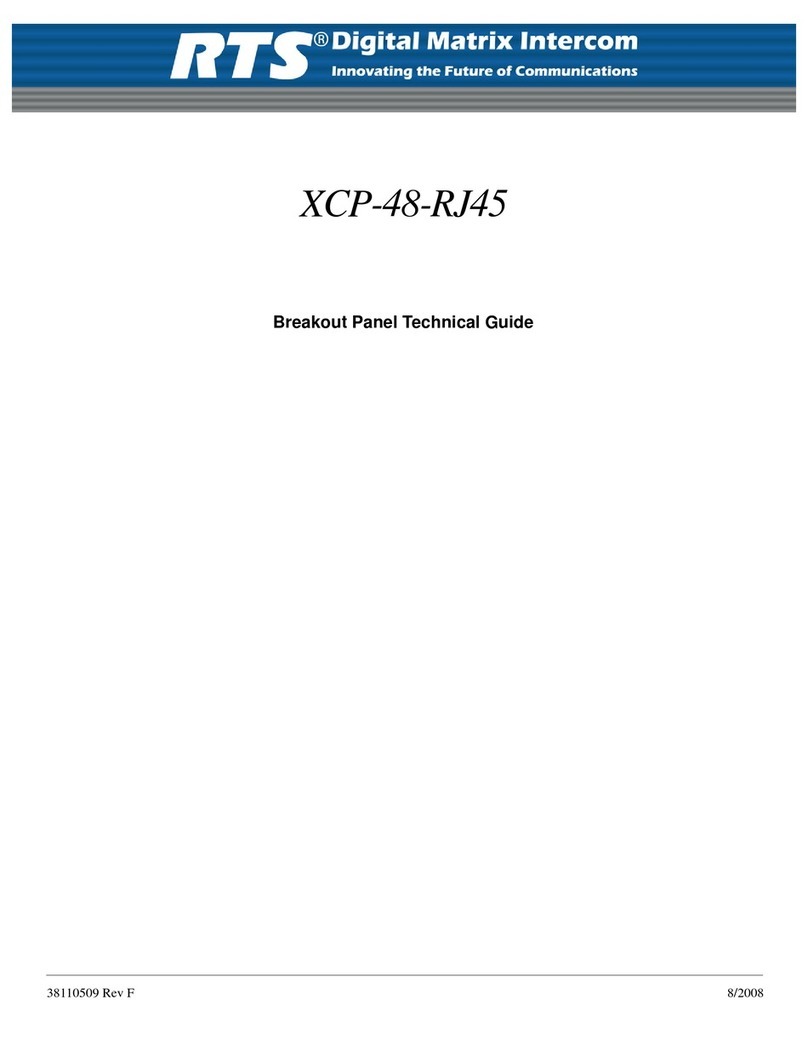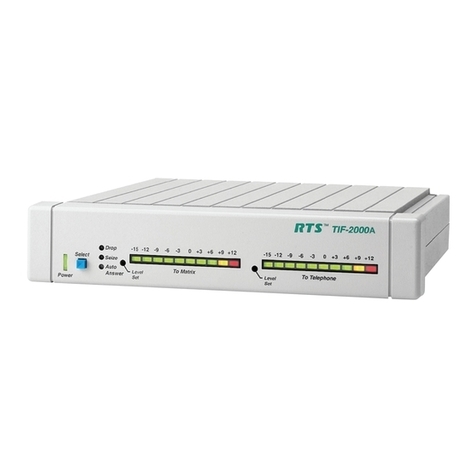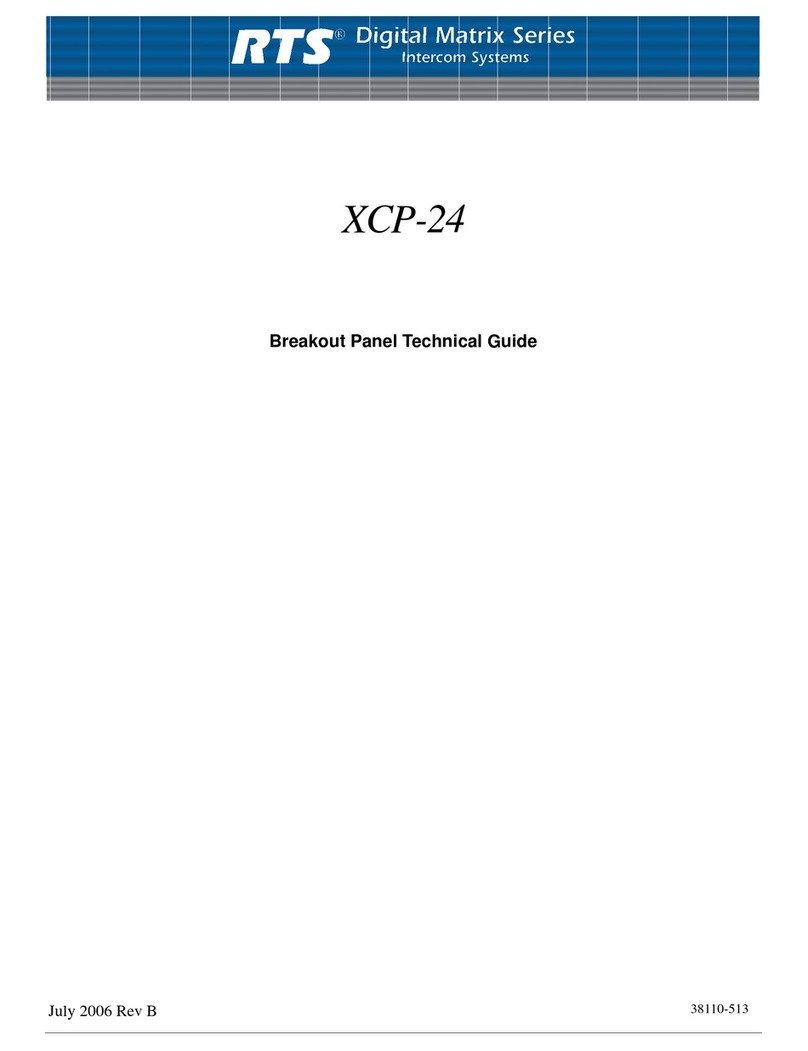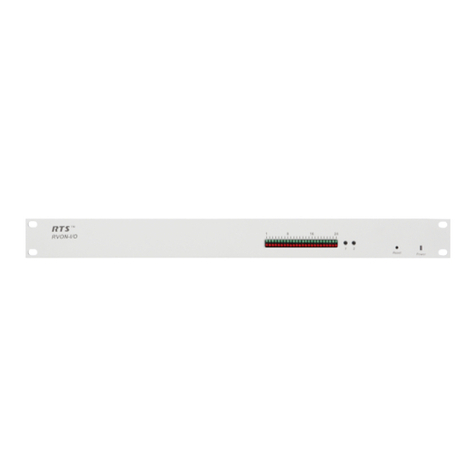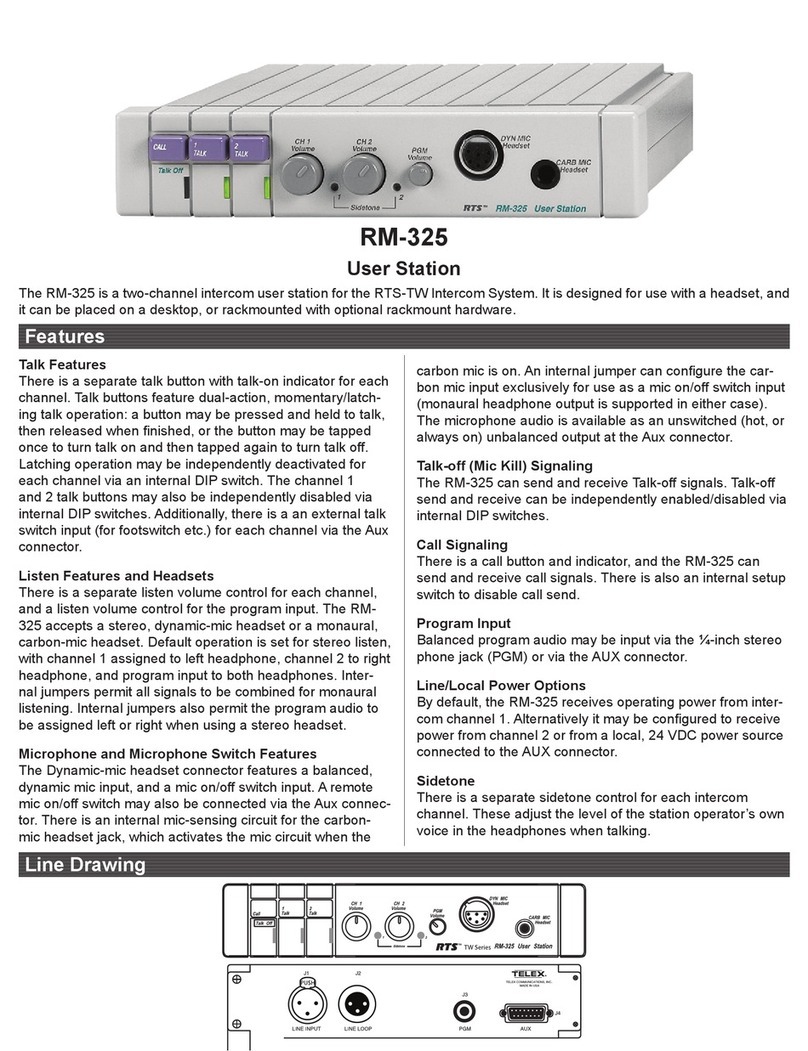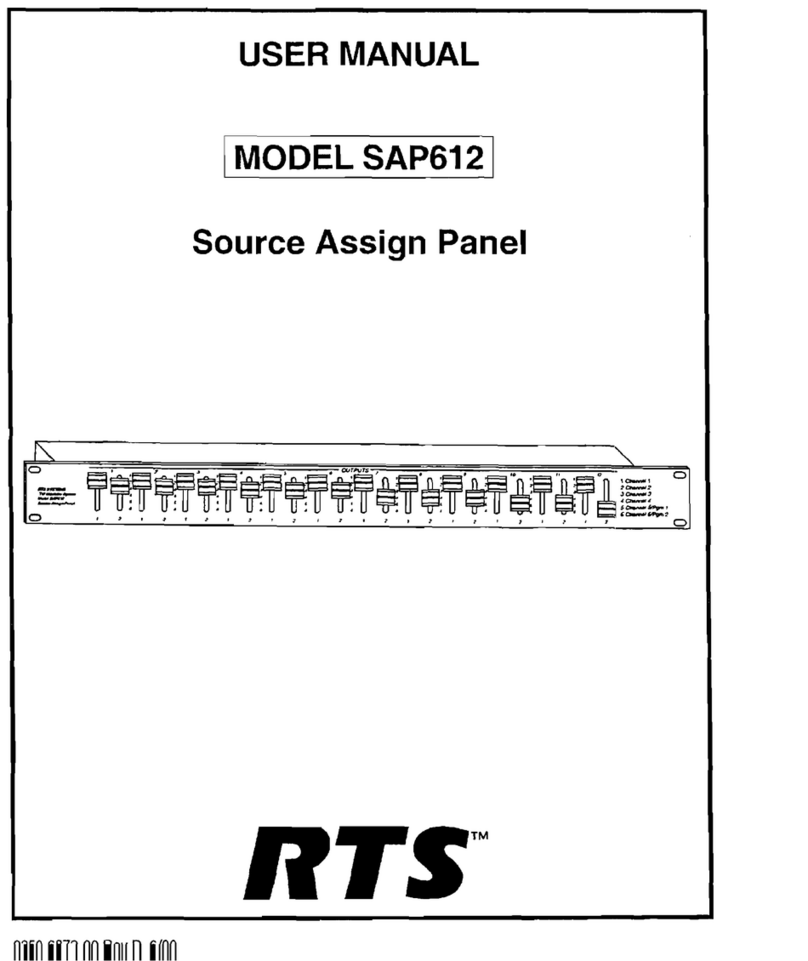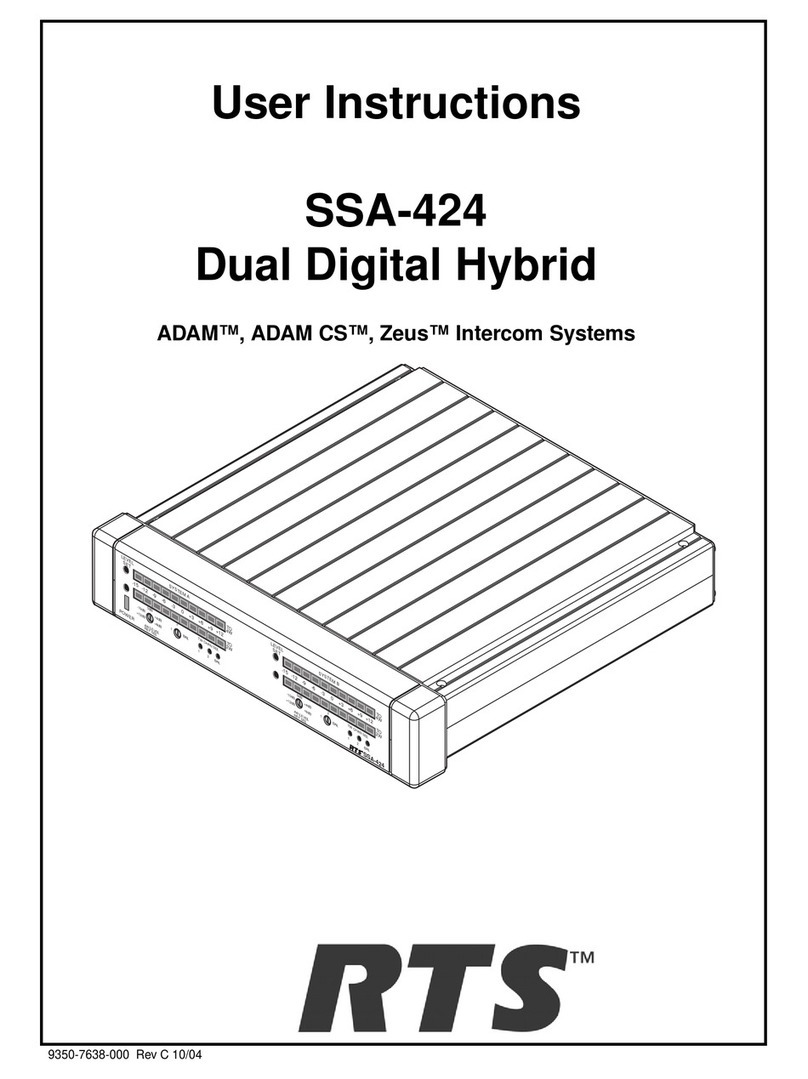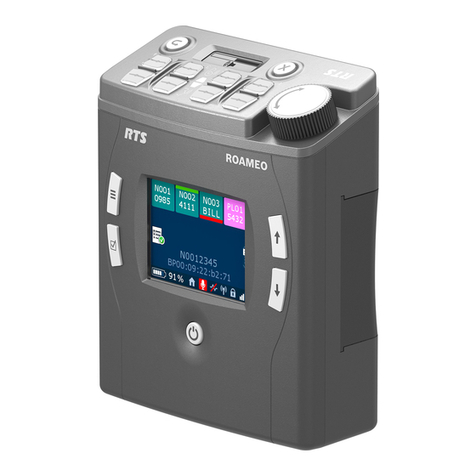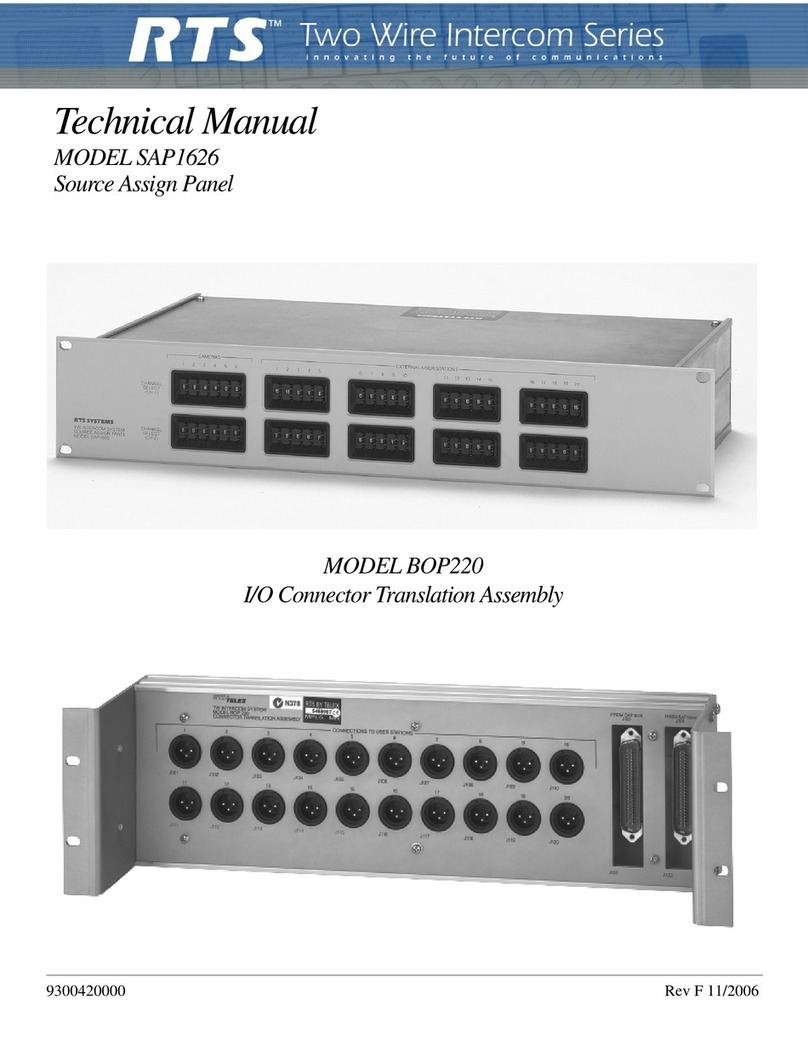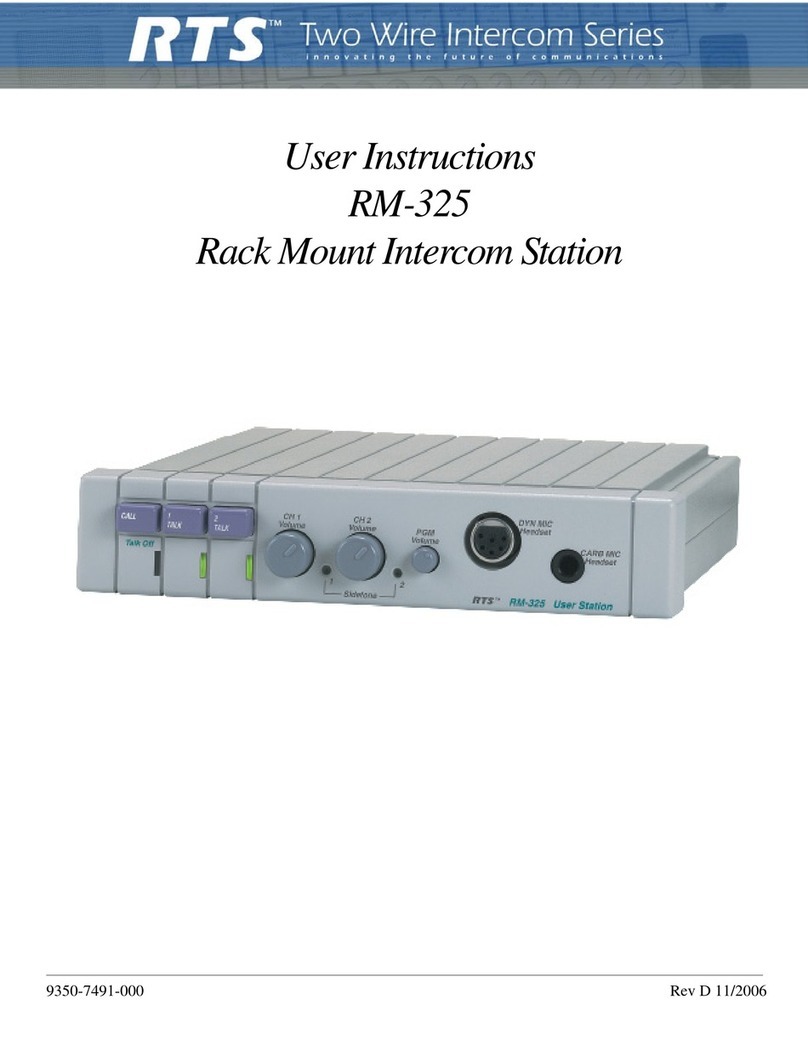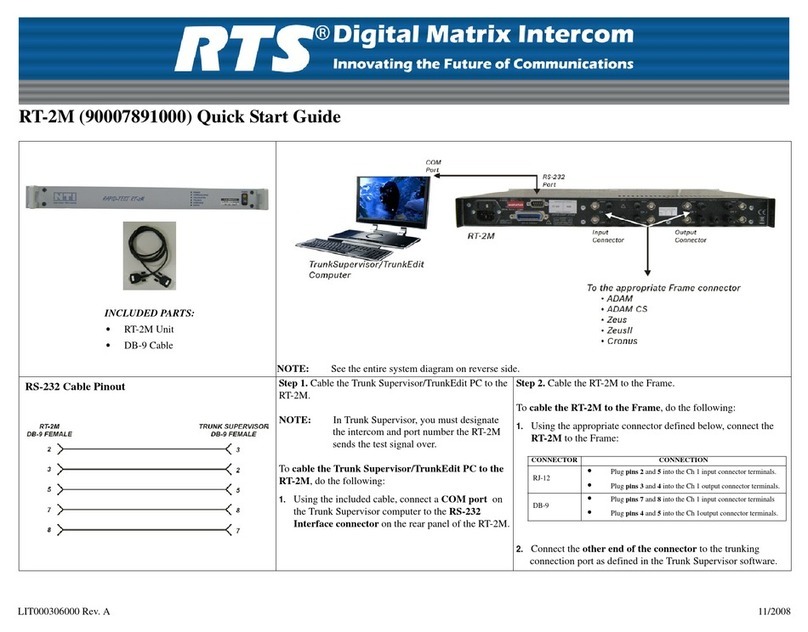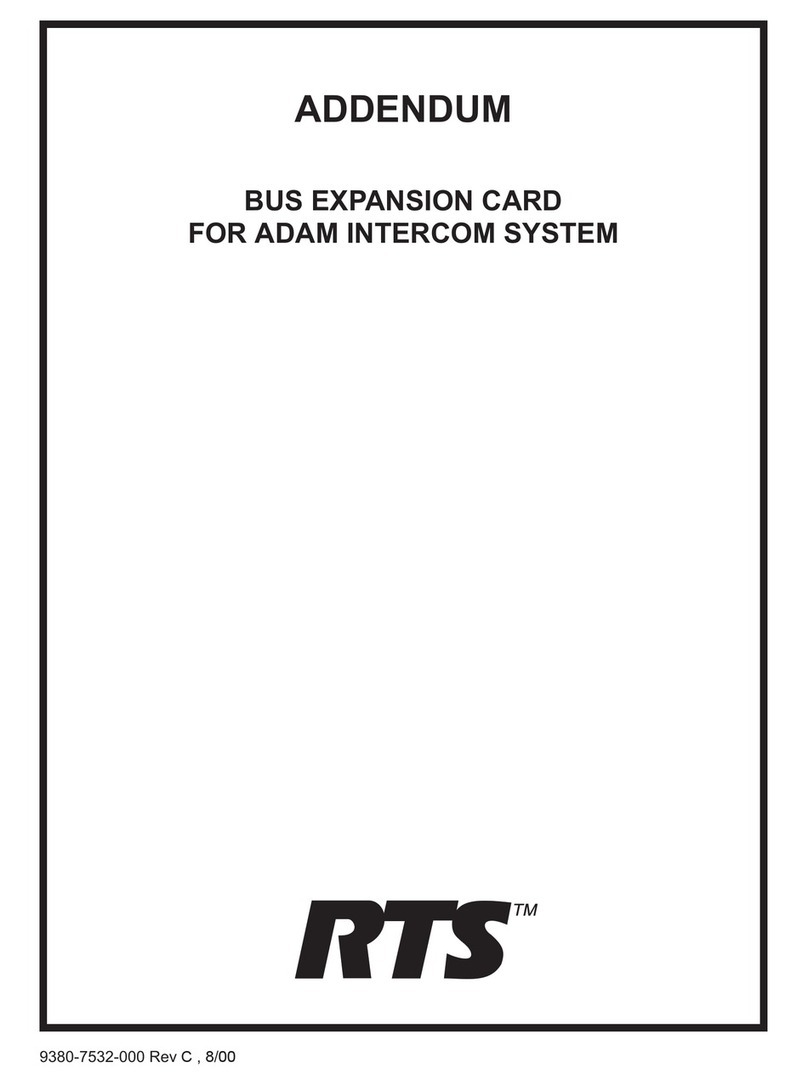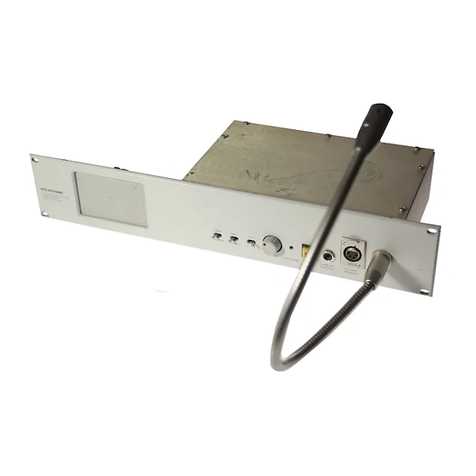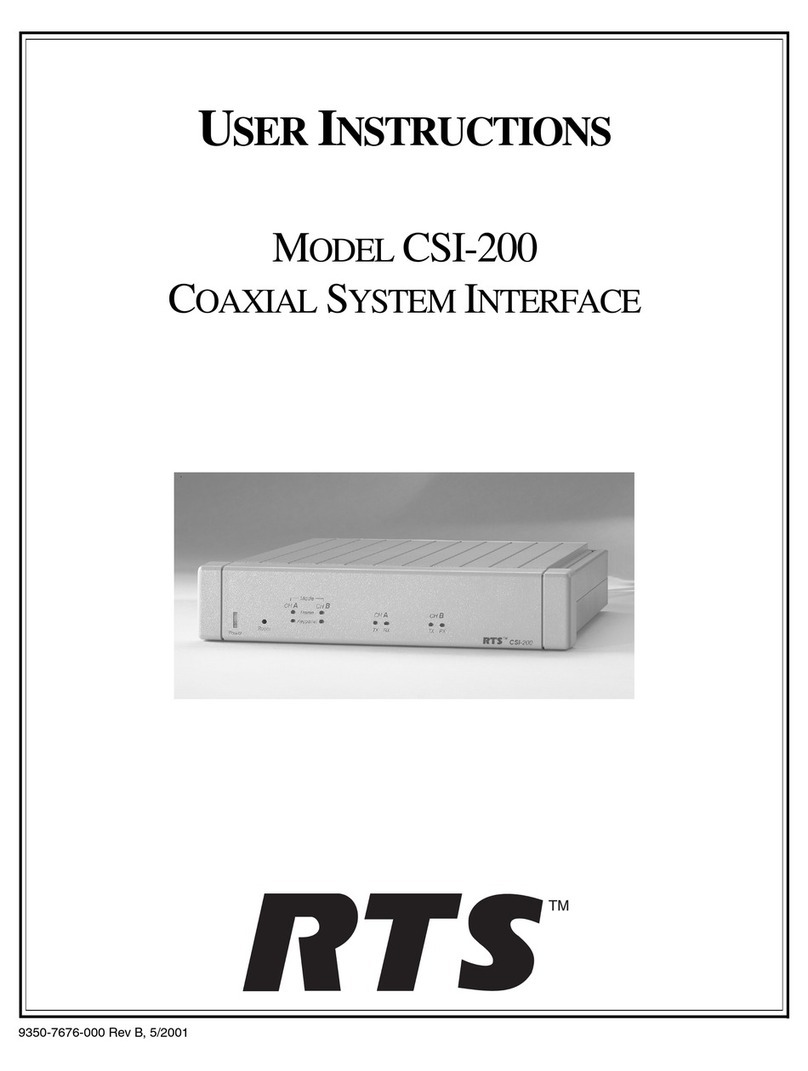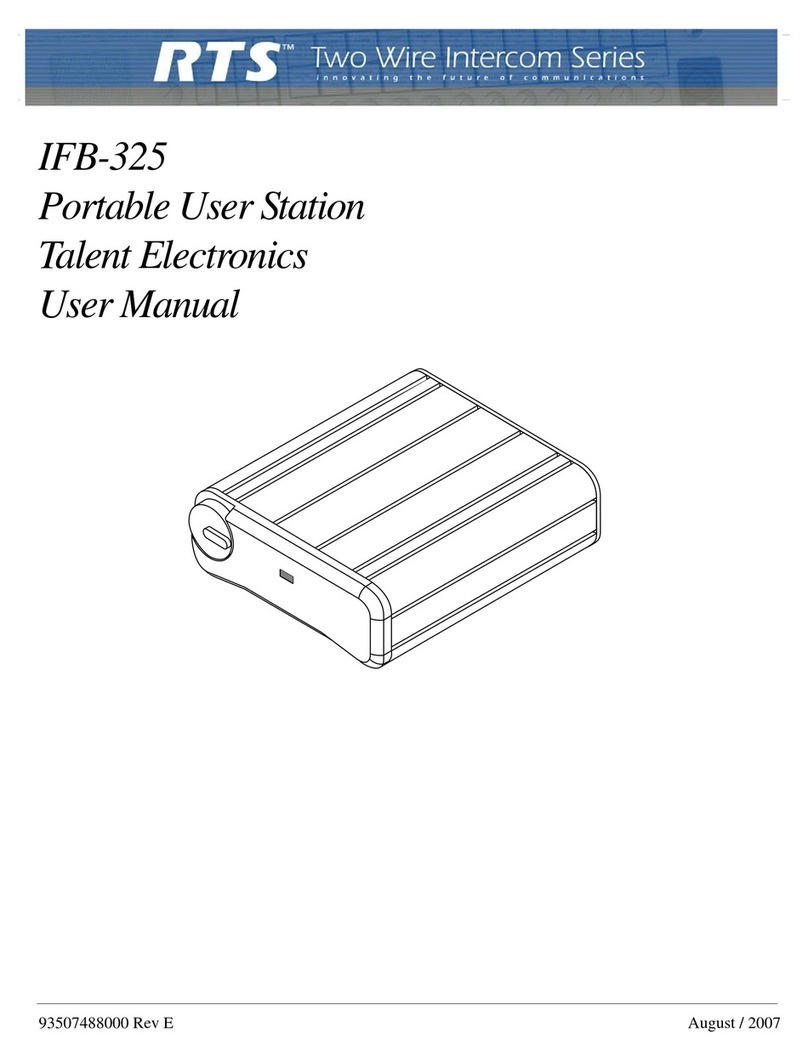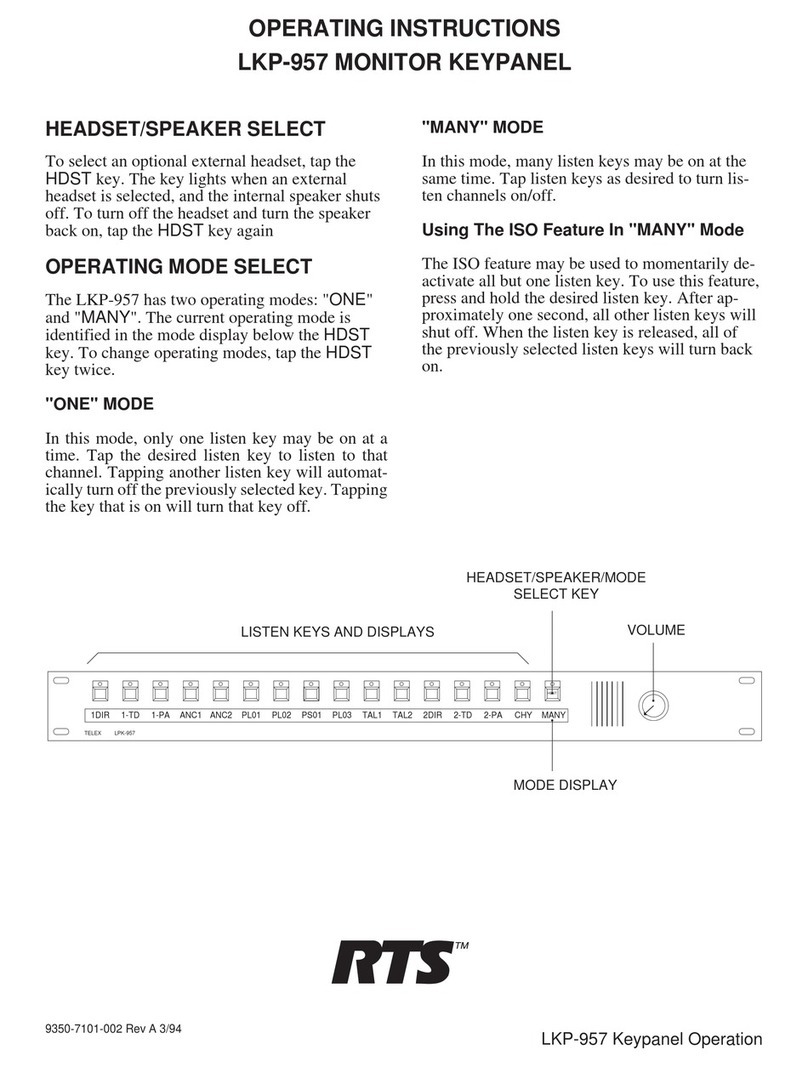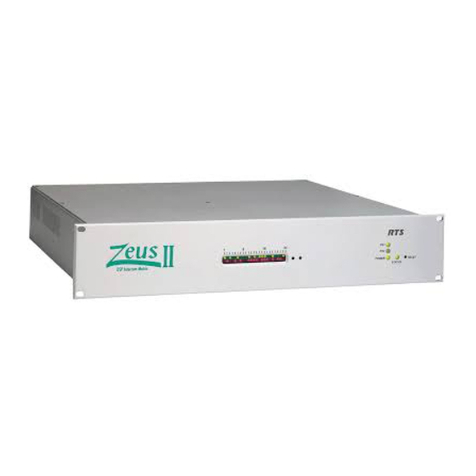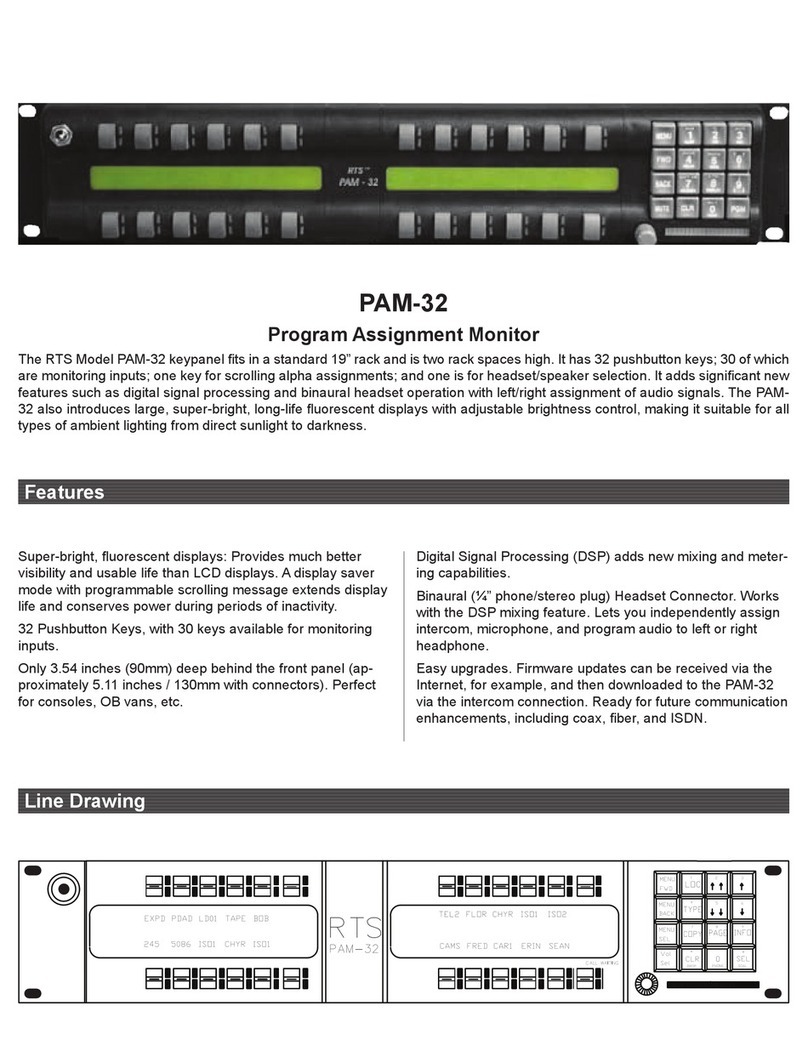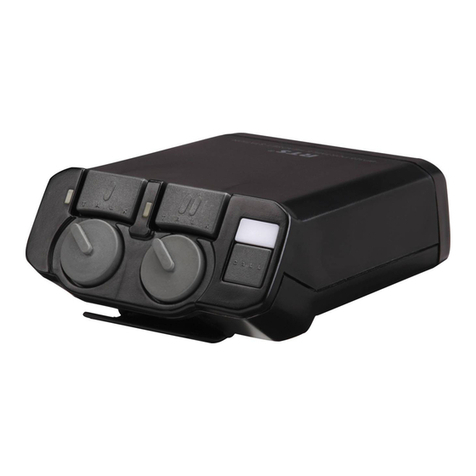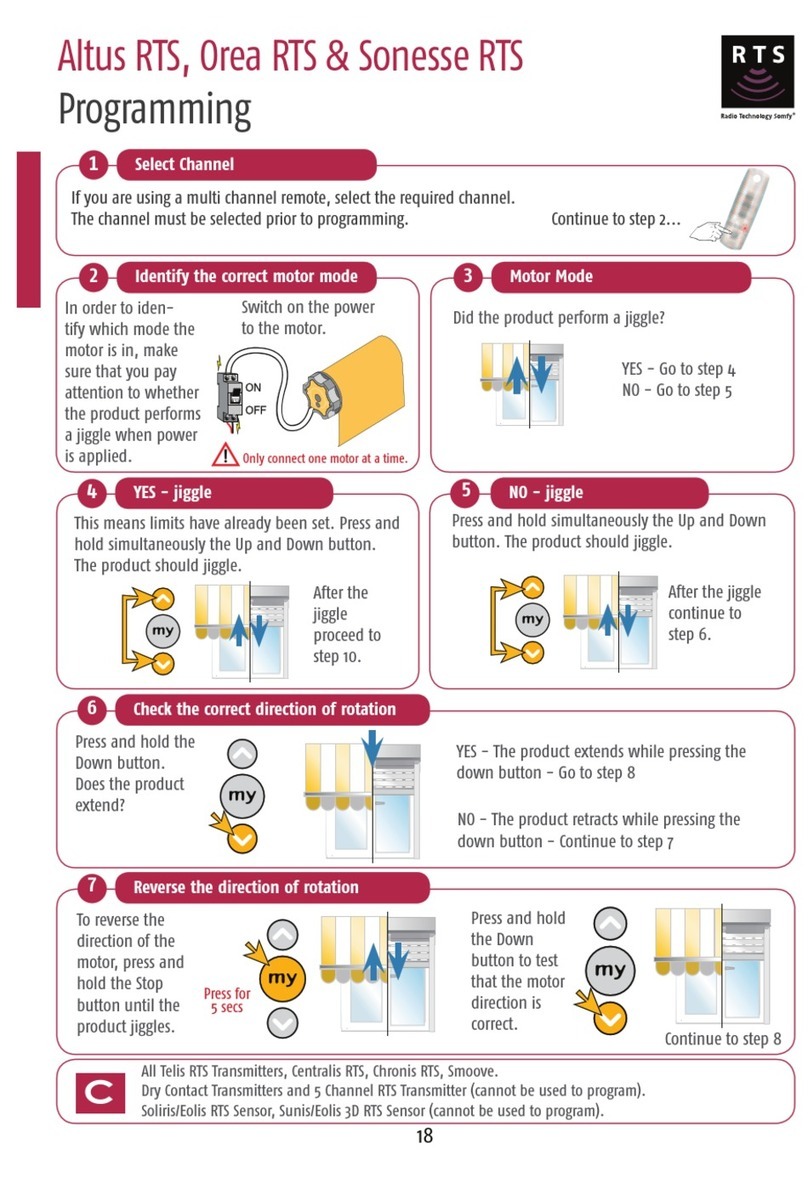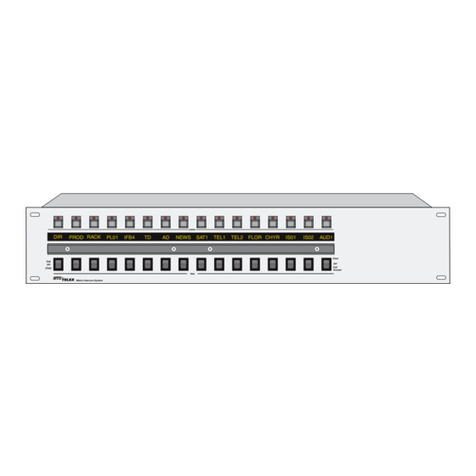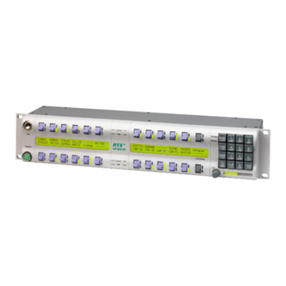
23
ChoosingIIeadscts
Introduction Headset or handset choice depends on
operating environment, operating requirements, and
personaltaste.
OperatingEnvironmentTable2-1shows typical oper-
ating environments and the amount of background
noisepresent.
A very quiet operating environment, such as a
television studio, may require that sound does not
leak from the headphones, meaning the headphones
shouldhave good "acousticisolation".
A
very noisy or loud environment usually requires
headphones that prevent outside sound from leaking
in (again, good acoustic isolation), headphones that
can produce a loud, clear sound, and noise cancelling
microphones,
as
well.
Understanding speech in a noisy environment re-
quiresthat the sound fromthe headphonesis as loud
orlouder than the soundleaking into the headphones
fromthenoisy environment.
Loudness In general, the loudness of a headphone
depends upon its ability to absorb power at a given
voltage (impedance) and the efficiency of its design.
Practically, the impedance has a larger effect with
present dayheadsets.
Impedance Low impedance headphones are louder,
causing the BP300 to draw more current from the
power supply. High impedance headphones are not
as loud, drawing less current from the power supply.
The BP300 design range of impedances for the head-
phone
part
of the headset is 25 ohms to 600 ohms.
Headphone impedances 600 to 2000 ohmswill oper-
ate at reduced levels. In a double muff headset such
as the Beyer DT109 sold by RTS Systems, there are
50 ohm headphonesconnected in parallel resulting in
an impedanceof 25 ohms.
Efficiencv The BP300 produces the loudest sound in
low impedance headphones such as the DT109. In
this headphone, one milliwatt of electrical power
produces
94
dB SPL(SoundPressureLevel).
Practical Loudness The BP300
/
BP300L can pro-
duce an SPL of
111
dB in each ear of a DT109 or
DT108 headset. Low impedance headsetssuch
as
the
DT108 and DT109 headsets, cause the BP300
/
BP300L to require more power from the power sup-
ply. With DT109 headsets, BP300 peak current is 75
milliamperes. BP300L peak current is
80 milliamperes. With 600 ohm headphones, peak
current is 30 milliamperes for the BP300,
40 milliamperes for the BP300L. (Quiescent current
is 23milliamperesfor the BP300,33 milliamperes for
the BP300L).
HeadphoneSound Isolation
The abilityof headphones to shut out unwanted envi-
ronmental noise varies from none (0 dB isolation) to
about 118th as loud (30 dB isolation). The degree of
isolation depends both on the design of the headset
and the frequency content of the environmental
noise. Lightweight, "open" headsets such as the RTS
Systems LH267 (single muff) and LH268 (double
muff), have almost no (0 dB) isolation. The trade-off
is that the LH267LH268 are very comfortable and
can be worn forlong periods (8 to 12hours) without
physical discomfort from the earmuffs or headband.
The LH267LH268 are low impedance and can be
turned up loud.
Because there is less acoustic isolation, care must be
taken that the sound signals from the LH267LH268
arenot unintentionally leaked into microphones.
The DT108PT109 headsets have an isolation rang-
ingfrom 10dBto20 dB.
At least four companies,Telex, Setcom, David Clark,
and Carter Engineering sell headsets intended for
heavy industrial, aerospace, and military markets.
These headsets can provide acousticisolation figures
of 20dB to 40dB. Generally speaking, these headsets
are heavier and lesscomfortabletowear.
Isolation,Headset Microvhones
In high noise environments, the headset microphone
shouldbe a noise cancellingtype.
Comfort In general,the comfort of headsets depends
upon their weight,padding and design.
Inthe headset connectingcable,prevent couplingbe-
tween the microphone and headphone leads
by
using
at least a shielded wire for the microphone, and a
separate pair of wires for the headphone(s). Better
isolation may be possiblewith a twisted, shielded pair
for the microphone leads. Do not allow headphone
ground to contact microphone ground or shield. Tie
the shield to microphone ground ormicrophone low.
Do not tie the shield to the case of the connector or
the case of the user station. In generalthe maximum
length for the headset cable is ten feet (3.1 meters).
Lengths over ten feet require a special extension
cable. Check with RTS Systems for help with longer
cables.
Page 8
